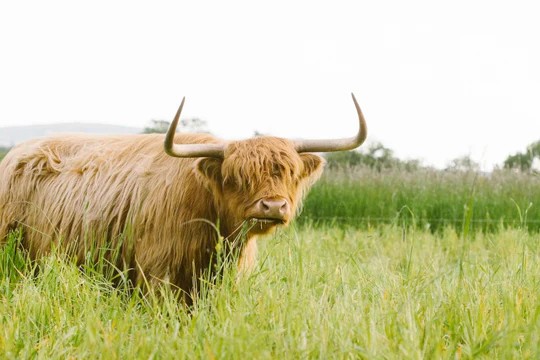
Thousands have already used The Farm Carbon Calculator in Scotland to generate a carbon footprint of their farm. You may be required to receive a Carbon Audit under the Whole Farm Plan guidance and be aware that the first Audits are to be completed by by 15 May 2025 – get started for free.
We’ve brought as much of the guidance you need together in one place so that farmers, growers and crofters in Scotland feel confident to get started.
Free Carbon Audits
There are around 51,000 farms in Scotland, and agricultural land makes up almost 80% of the area. Not all farms will want, or need a carbon audit, but we want to ensure as many as possible can get one for free if they want, or from a consultant, using The Farm Carbon Calculator.
In Scotland the receipt of future payments from the Scottish Government are dependent partly on the requirement that farms generate what they call a Carbon Audit – or what we term your farm’s carbon footprint. You can use several tools to complete this task – provided they meet criteria set out in the guidance and are compliant with PAS2050:
- The Farm Carbon Calculator
- Agrecalc
- Cool Farm Tool
- Solagro (JRC) Carbon Calculator.
Useful to note, if you think you already have a carbon footprint it is likely that this will be accepted by the SGRPID. These might be delivered to you as part of a UK supply chain contract (via the dairy, someone you supply, or supermarket agreements), by the Farm Advisory Service, as part of the Farm Business Survey, or from the Soil Association Exchange. Ask them for a copy – it’s your farm data after all and you will need this in case of inspection later.
We think there are many good reasons why you might want to do a carbon footprint but lets look first at what the benefits are as set out in the Whole Farm Plan.
What is the Whole Farm Plan?
Carbon Audits are part of Whole Farm Plan (WFP) guidance. Most farmers in Scotland are by now familiar with the WFP. It is designed encourage a comprehensive view of your farm or croft which should allow you to assess current performance, identify growth opportunities, and align practices with Scotland’s climate and nature goals.
Looking towards 15 May 2028, farmers seeking to claim Basic Payment Scheme payments will be required to implement the following key activities and plans:
- Animal Health and Welfare Plan – reviewed annually
- Biodiversity Audit – reviewed every 5 years
- Carbon Audit – reviewed every 5 years
- Integrated Pest Management Plan – reviewed annually
- Soil Sampling of Region 1 land – every sampled field reviewed once every 5 years.
By 15 May 2025 all farms and crofts would need to have completed 2 out of the 5 audits. For all farms, one of these must be a carbon audit. We are working to ensure your carbon audit is one of the easier tasks to complete. Check the eligibility criteria in the guidance carefully to ensure you only complete audits which are required for you, and bear in mind the guidance can change. Read more
At the time of this article in March 2025 we understand that the audits required for 2026 (presumed to be required by 15 May 2026) will be made known in summer 2025 and announced as part of the Agricultural Reform Programme route map to give you time to prepare. We will revise this information as we learn more.
What we know so far is that by 2028 at the latest, all businesses will need to have all plans and audits that are applicable to their business in place.
There is lots here to take in in the above, especially if you have not undertaken any of the above activities yet. We are here to help so make sure you ask us questions if you have any.

Useful links – Whole Farm Plan
Whole Farm Plan guidance can change, or be amended in the annexes and ‘guidance updates’. We recommend you also read and become familiar with the available guidance at the following links:
- Whole Farm Plan full guidance – start here, click ‘Carbon Audits’ to read more
- Annex L: Carbon Audits including seasonal land – more specific guidance about what areas to include in your audit. Follow this note as it may differ from information you read within our Calculator guidance elsewhere
- Whole Farm Plan – Frequently Asked Questions – this regularly updated document is a great source for more detailed information.
Find a leading free tool to help
We know navigating these requirements can be challenging, but that’s where our team steps in. The Farm Carbon Calculator is free for farmers and we’re here to provide dedicated support to farmers and crofters whilst you complete your report. You can therefore get started with the tool yourself – and take control of this part of the process.
The benefits of a carbon footprint
If you have read this far, it is likely that you already want to get to grips with a carbon footprint on your farm. However, we understand it can be frustrating to spend more time at the computer. Here are the benefits we have hear from farmers using our tool over the past 15 years –
You will start to benefit as soon as you begin working with our tool. The calculator is used for all sorts of reasons:
- Boost your interest in carbon – people want to understand greenhouse gas (GHG) emissions and how they might be reduced. Combining 10 hectares once for example produces emissions of: 0.52 tCO2e, and this kind of information is readily available to you whilst you work on your report
- Gain a unique view of your farm – often a fresh look at any business is a valuable exercise but you can also potentially make even more informed decisions
- Create a baseline now for the future – it is likely that the earlier you footprint, the better prepared you will be for any future changes to guidance or otherwise
- Be part of a positive narrative – more and more people are getting involved, and you can too. We think agriculture is ahead of the curve here.
- Improve your business resilience – you may pinpoint cost-saving opportunities through resource efficiency
- Someone asked you to – for example Meeting Carbon Audit standards as we have set out above. The Calculator is designed to be a problem solver!
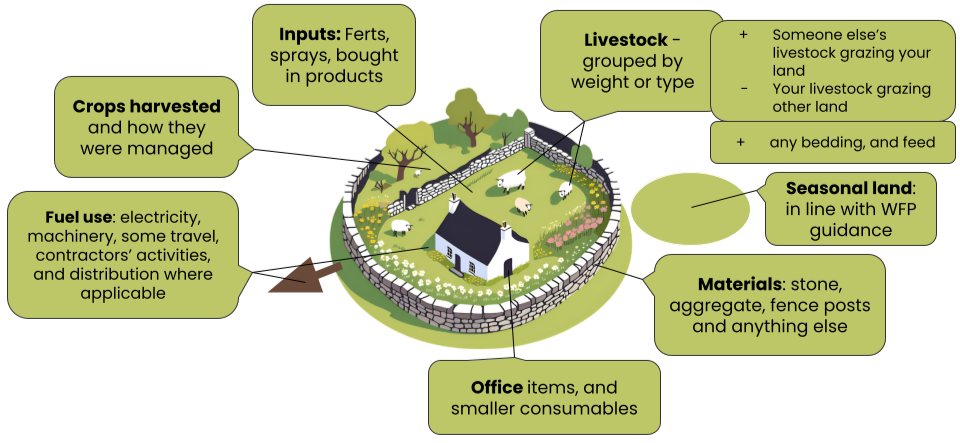
Funding and support available
You will receive great advice from the Farm Advisory Service on their website, via email advice@fas.scot or telephone 0300 323 0161 to support your journey.
But you may also want assistance with the carbon audit particularly if your farm is complex, you don’t have time, or you just want someone to take care of it for you.
There are a number of farm advisors we also support in Scotland who can help guide you through your footprint, or offer you recommendations based on your carbon audit. Check with us, or ask that your advisor uses The Farm Carbon Calculator and check their fees and the total cost to you. Email calculator@farmcarbontoolkit.org.uk to check.
If they are not sure about what tool might work best, put them in touch with us so we can offer them support. We have a range of plans available for farm consultants to use our software and give you great footprints at a low cost.
In order to receive funding for support it is usually a requirement that the advisors you contract should be Farm Business Advisory Service Scotland (FBAASS) accredited – so why not search the list available on the LANTRA website to find one near you: see list.
Receive funding for your Carbon Audit – Preparing for Sustainable Farming
We are pleased to see that funding is again available to help you under the Preparing for Sustainable Farming (PSF) programme as of February 2025. Previously it was understood that funding would be closed at this point to new applicants.
Funding in this programme is expected to close in February 2026 and you will be able to claim for footprints completed in the 2025 calendar year. If you can claim, don’t delay in doing so. Read more
Check carefully the eligibility criteria for this funding which we have simplified slightly here:
- £500 is available to fund eligible Carbon Audits
- A new carbon audit can be funded every 3 years – which sits within the 5 years required for the whole farm plan
- If you have a carbon audit but it is not of the required standard, or your farm has changed materially you should be able to make a new claim
- Carbon audits can be claimed for that were completed in the 2025 calendar year. With claims being made by February 2026
- When you use the Farm Carbon Calculator – either yourself, or you have a consultant prepare your audit – this should be reviewed by an FBAASS advisor and they should give you recommendations to accompany your report that will help you reduce emissions.
- If other funding becomes available you should not double claim.
Get started – checklist
Your Carbon Audit doesn’t have to be overwhelming use this checklist to help guide your decisions prior to getting started.
- Get familiar with the Whole Farm Plan > read guidance
- Check which audits are required, and by what dates > check up to date guidance. Carbon Audits are for all farms, but there may be others you would like to tackle first.
- Check if you already have a valid Carbon Audit > if yes, you can stop here.
- See if you can receive funding > check eligibility
- Decide if you want to complete the Carbon Audit yourself, or pay for help > why not create an account and login to check. You may be able to receive funded and paid for assistance either way.
- Complete the Carbon Audit
- Complete your own Carbon Audit > the rest of this guide will help
- you can still send this to an advisor for recommendations
- Find an advisor who can help > Contact us or use LANTRA’s list.
- check they use The Farm Carbon Calculator
- check the cost to you.
- Complete your own Carbon Audit > the rest of this guide will help
- Keep a copy of your Carbon Audit on file, or in our system. Should SGRPID inspect your audits you may need this to hand.
- Ask, what next? Completing your Carbon Audit frees you up to look at other audits, but also may allow you to undertake funded soil analysis.
- Soil Analysis is a requirement on Region 1 farmland, and should include carbon. These results can be inputted into your report to make your footprint even more accurate. Read the WFP guidance on Soil Analysis, the PSF guidance around funding, and our very own Monitoring Soil Carbon guide too.
General suggestions
- Most guidance suggests you should use the same carbon footprinting tool over time for consistent tracking. We’d agree – though don’t forget you can replicate, or complete a previous year in any calculator. Talk to us if you need help with this
- Whichever tool you use, keep a good record of changes made based on your report
- At the very least, keep a copy of your report for your records, as it is your hard work, and your data. Your Farm Carbon Calculator dashboard is a great place to keep your reports secure over time
- Once you have a carbon audit look for or ask an advisor for actionable recommendations. You might like to start on our Farm Carbon Toolkit – a great place for guidance and case studies!
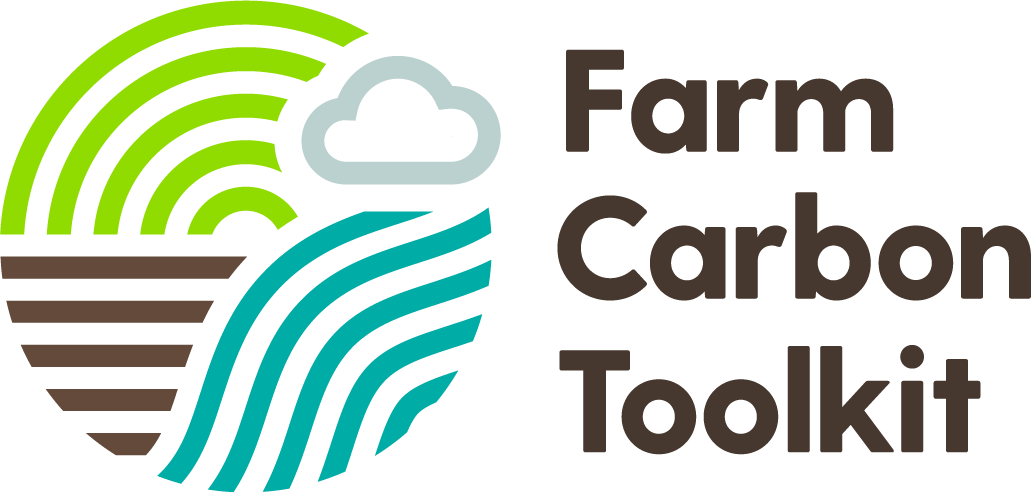



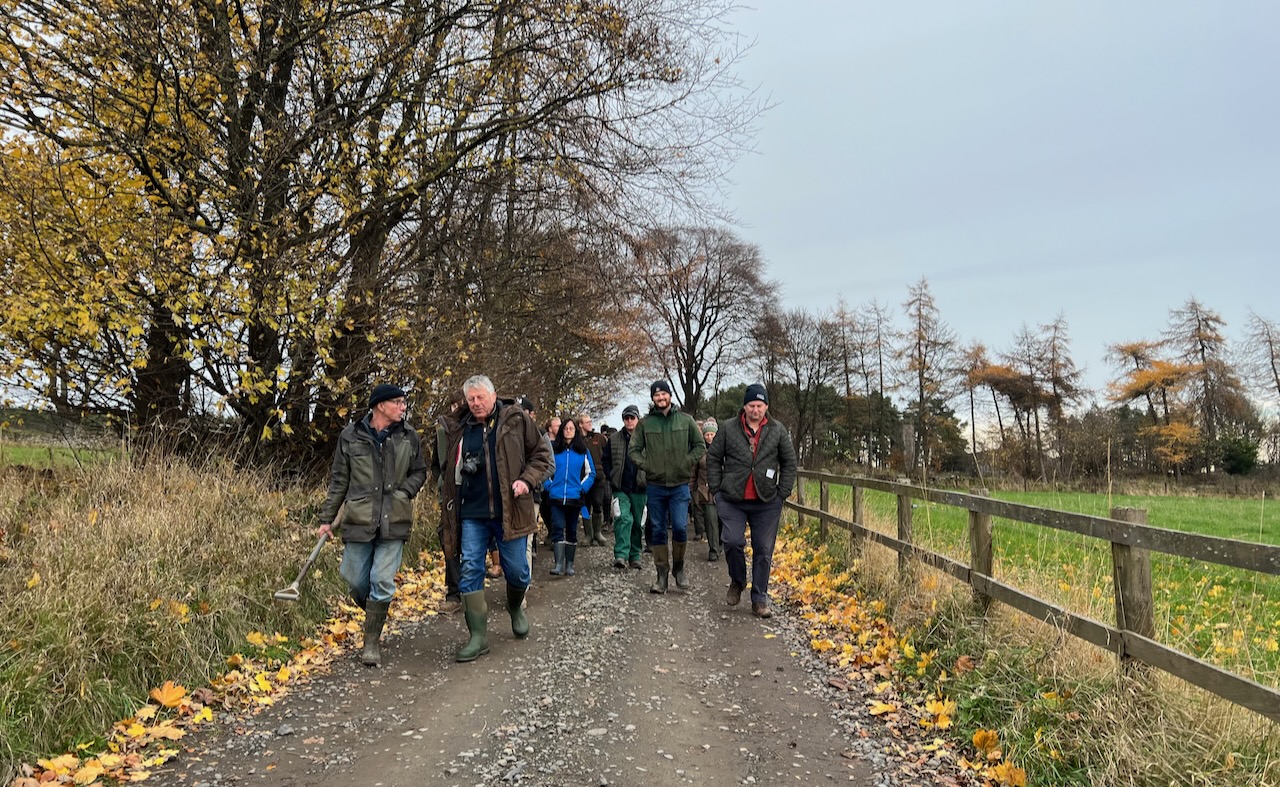
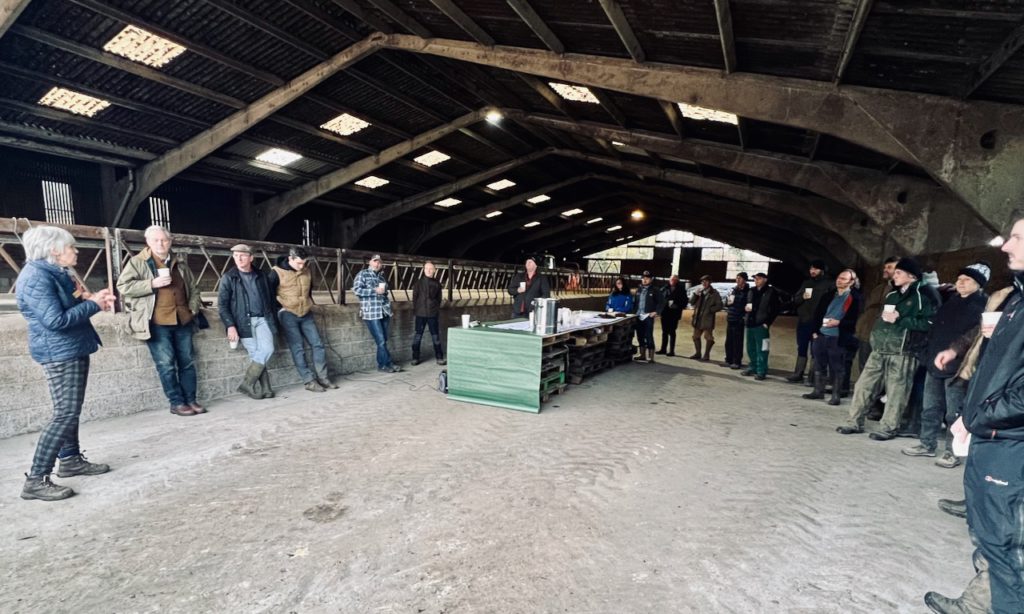
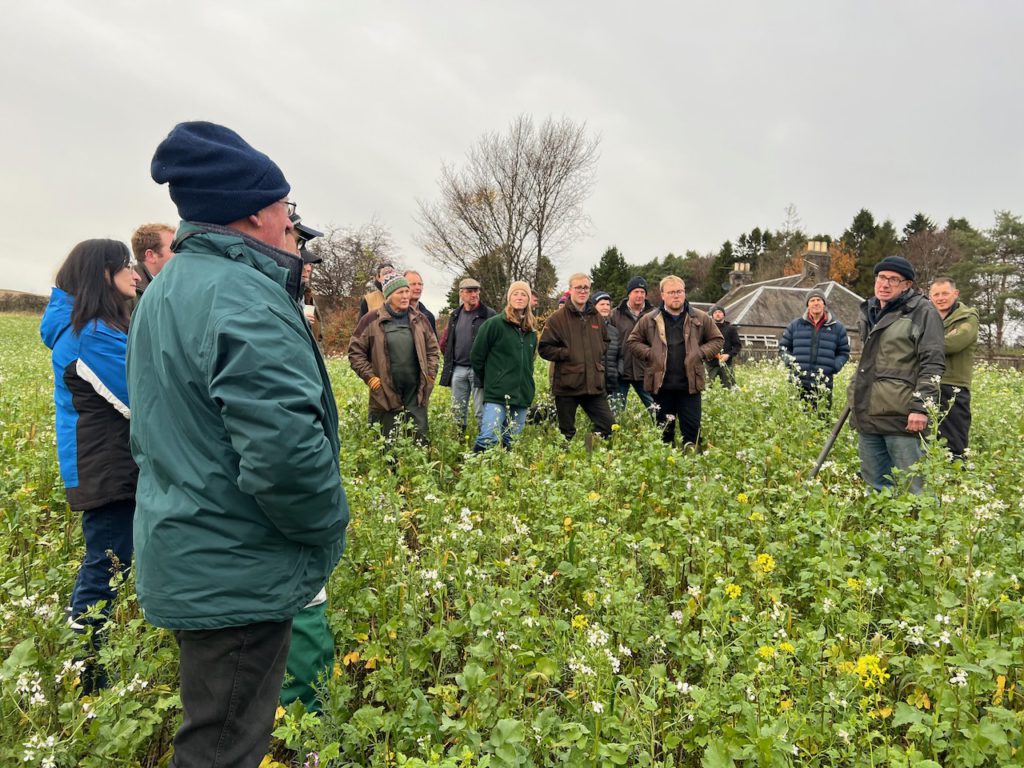
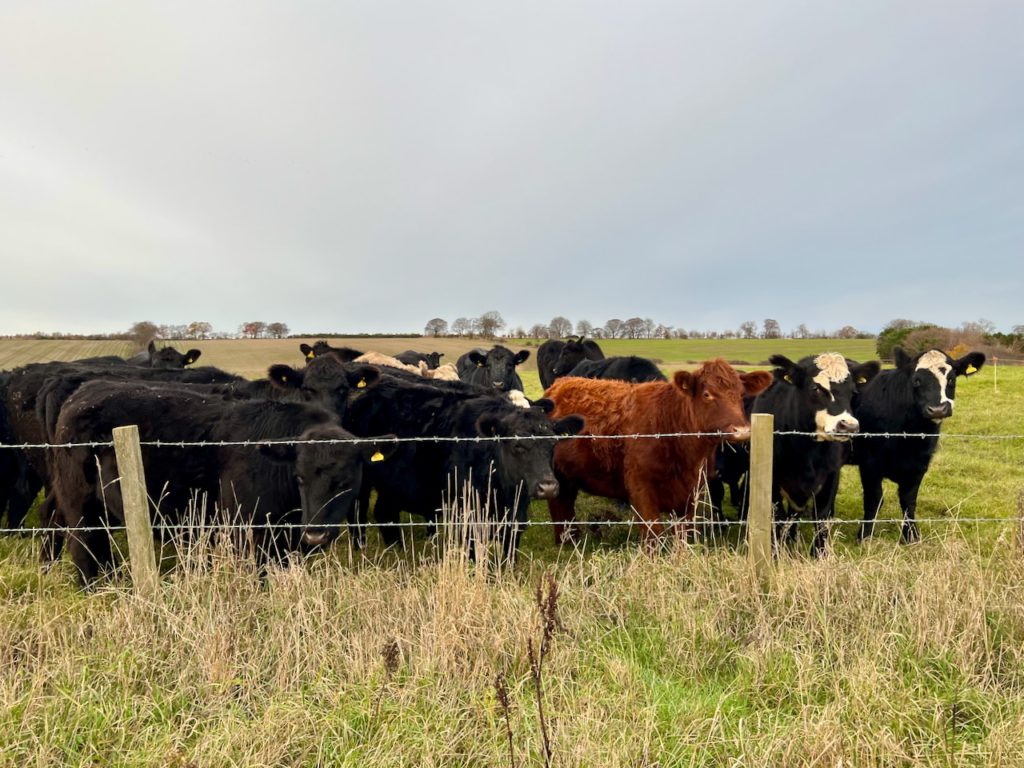
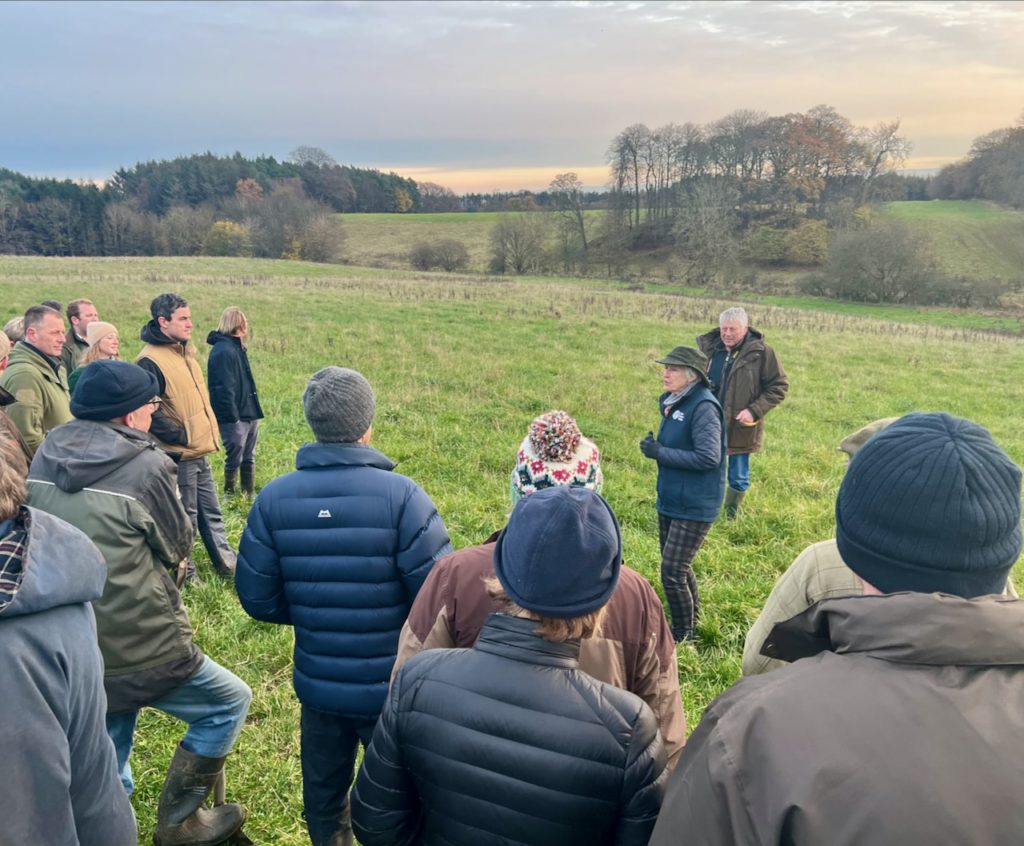
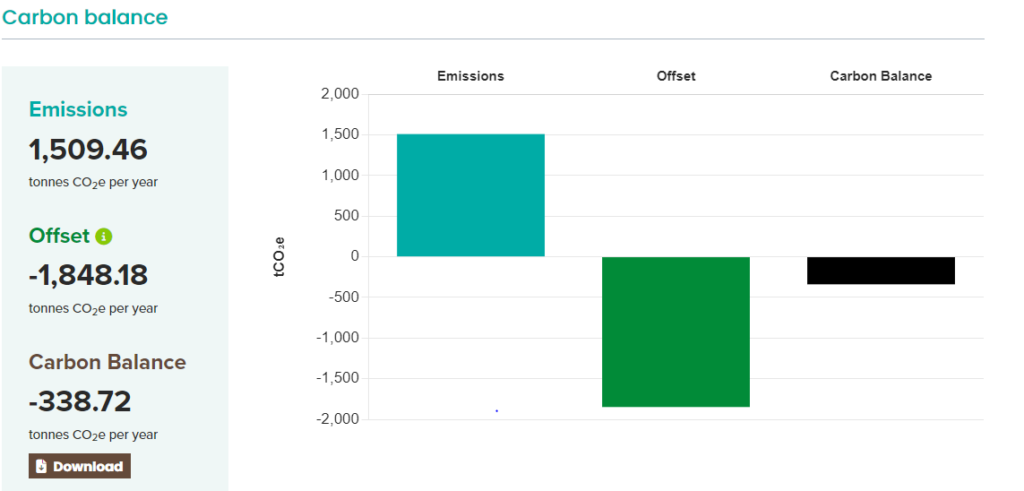
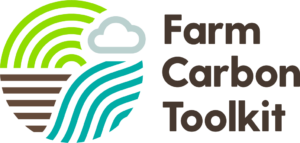
Recent Comments